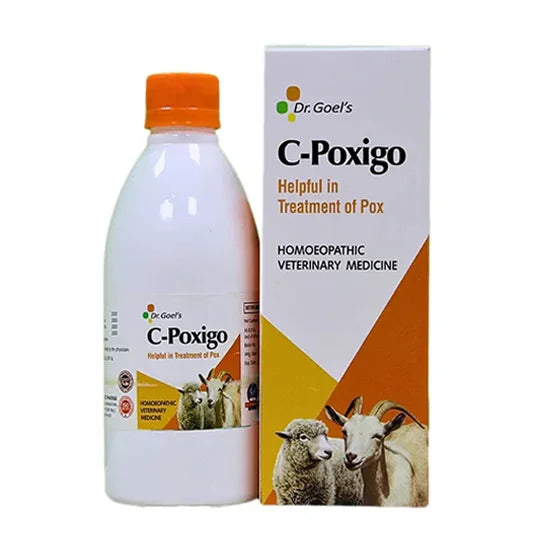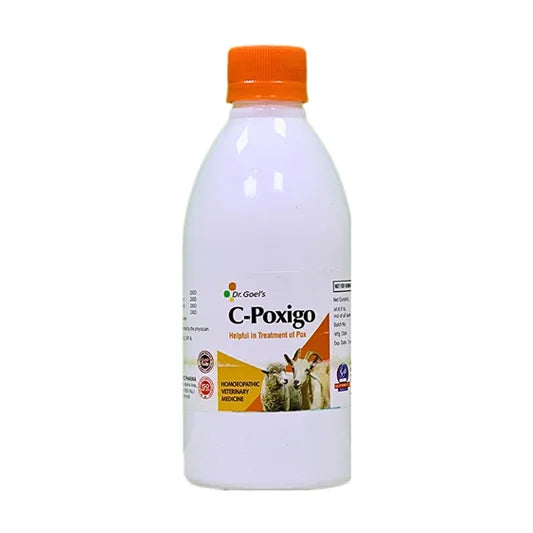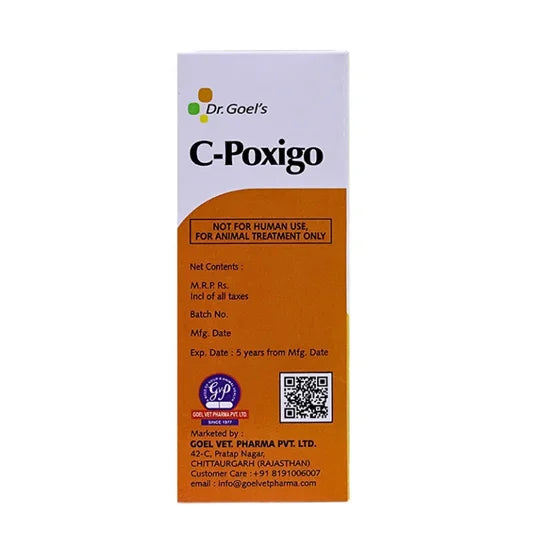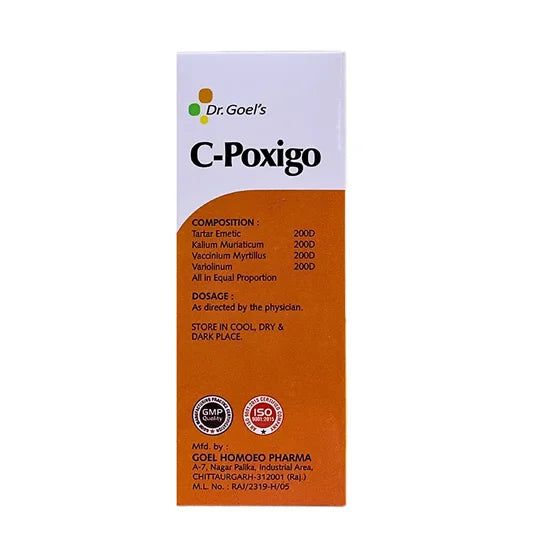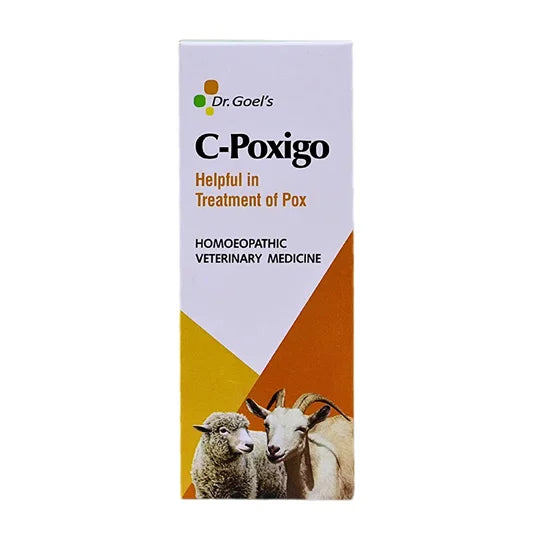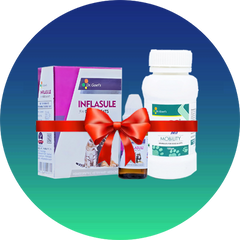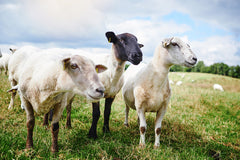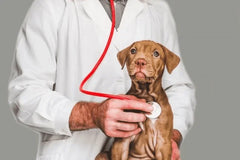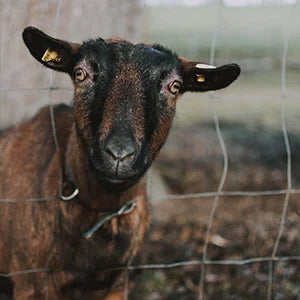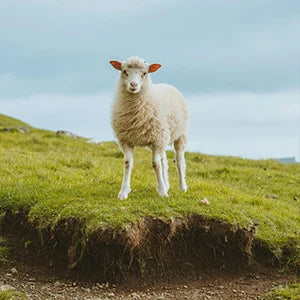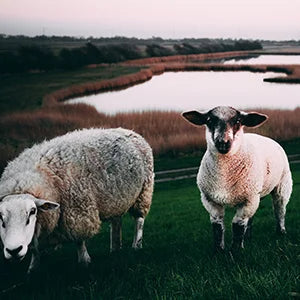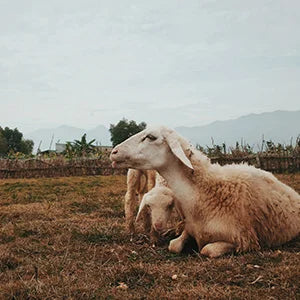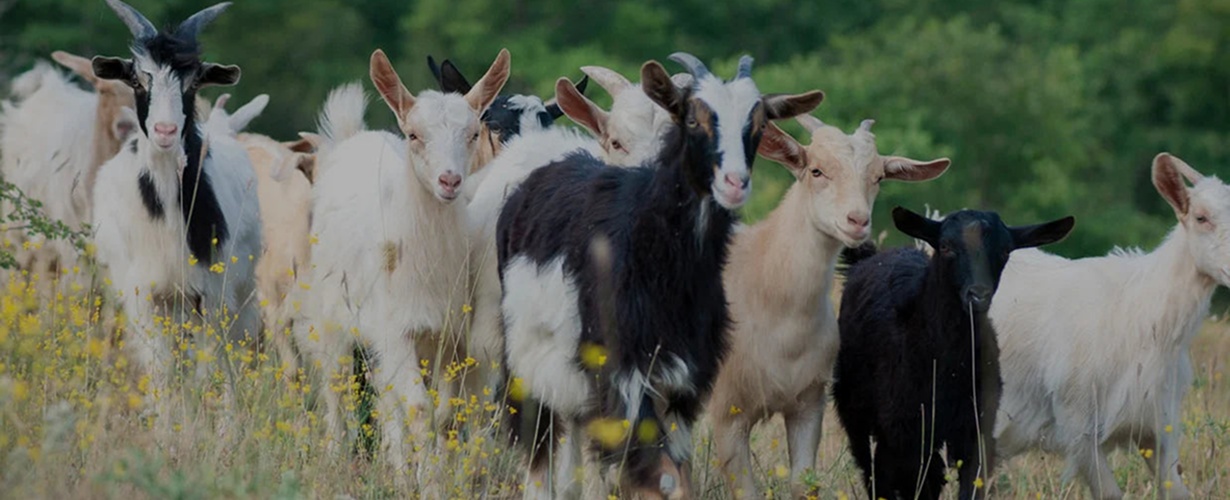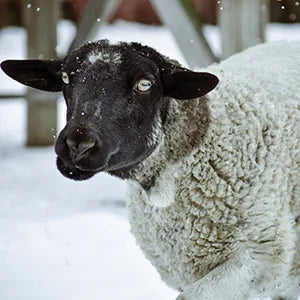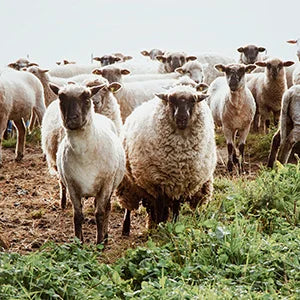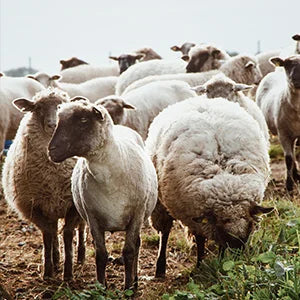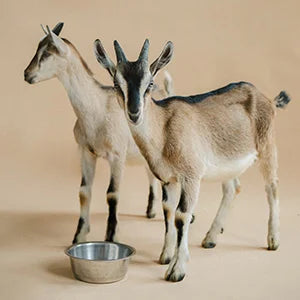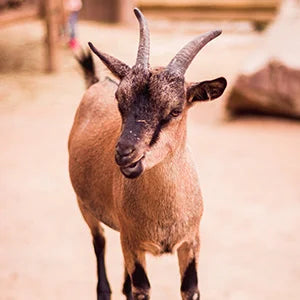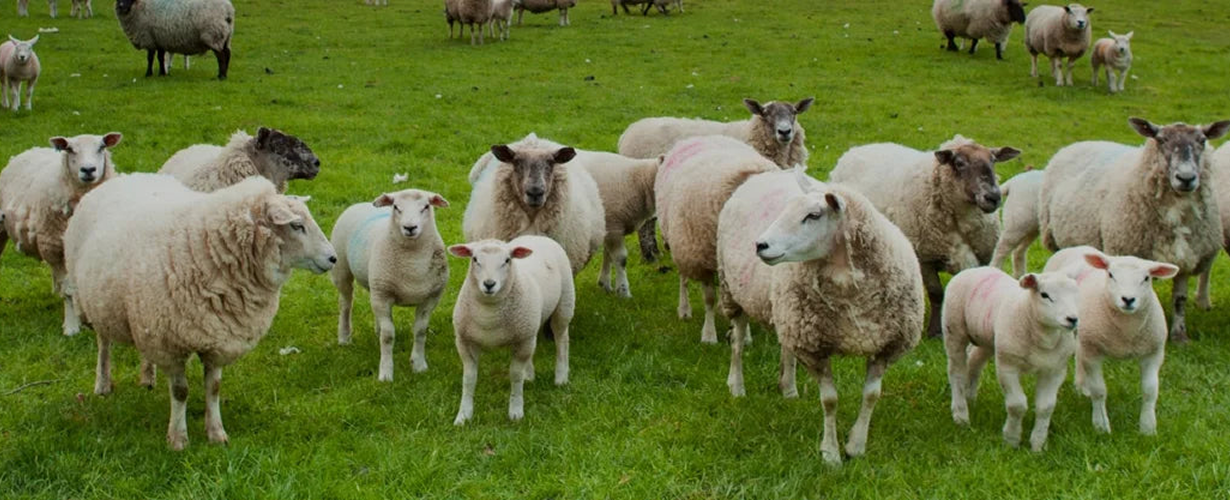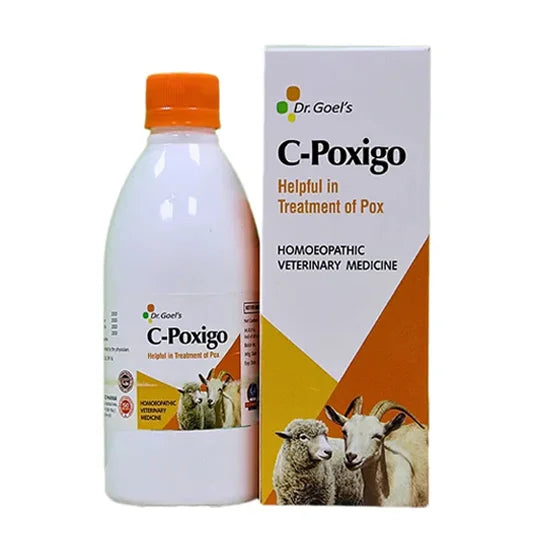Pox, caused by the Orf virus, is a viral infection affecting sheep and goats, presenting as contagious skin lesions known as sore mouth in sheep and contagious ecthyma in goats. It results in pustules and scabby lesions around the mouth, lips, and sometimes the udder or feet. This condition can cause feeding difficulties and discomfort, potentially leading to secondary infections. Controlling pox involves maintaining good hygiene, isolating affected animals, and considering vaccination to prevent its spread among herds
Common causes of Pox in sheep & Goat include:
-
Orf Virus Transmission
Direct contact with infected animals or contaminated materials, such as feeders, bedding, or surfaces, can transmit the Orf virus responsible for pox.
-
Environmental Persistence
The Orf virus can persist in the environment, allowing for indirect transmission between animals through shared spaces or equipment.
-
Young or Immuno compromised Animals
Younger or animals with weakened immune systems are more susceptible to contracting the virus and developing pox lesions.
-
Seasonal Factors
Pox outbreaks often occur during periods of higher environmental contamination or when animals are grazing on rough terrain that could potentially cause minor abrasions, allowing the virus to enter the skin more easily.
Tips for Prevention of Pox problem in sheep & goat
Preventing pox in sheep and goats involves several key measures. Good hygiene practices, such as regularly cleaning and disinfecting housing and feeding areas, help minimize the spread of the Orf virus. Isolate infected animals to prevent transmission to healthy ones. Implementing vaccination programs can significantly reduce the risk of outbreaks. Additionally, carefully managing young or immune compromised animals and minimizing exposure to potentially contaminated environments aid in preventing the spread of pox among herds or flocks.
Symptoms of Pox problem in sheep & Goat
-
Lesions
Presence of pustules, scabs, or crusty sores around the mouth, lips, udder, or occasionally on the feet.
-
Discomfort
Animals may exhibit signs of discomfort, such as reluctance to eat or drink due to the lesions causing pain.
-
Difficulty Feeding
Lesions around the mouth can make feeding challenging for affected animals.
-
Secondary Infections
In severe cases, secondary bacterial infections might occur at the site of the lesions.
-
Lethargy
Affected animals may show signs of reduced activity or energy due to the discomfort caused by the lesions
Trusted by Veterinarians
“As a veterinarian, I am thrilled to endorse Dr. Goel Vet Pharma’s homeopathic products for our furry friends. Their commitment to advancing homeopathic veterinary medicine is evident in the exceptional quality of their products. The innovative solutions they provide have significantly enhanced our ability to care for our animal patients, ensuring optimal health outcomes. I highly recommend Dr. Goel Vet Pharma’s products to pet parents for their unwavering dedication to the well-being of pet animals and the invaluable support they offer to the veterinary community.”
– Dr. Sakshi Sharma (B.V.sc. & A.H. M.V.Sc , NET)
Treat your sheep & Goat from Pox related problem with Dr.Goel’s C -Poxigo
C-Poxigo for sheep & goat is helpful in treatment of pox. It is homeopathic remedy which helps in treating pox & their symptoms like itching, rashes etc.
